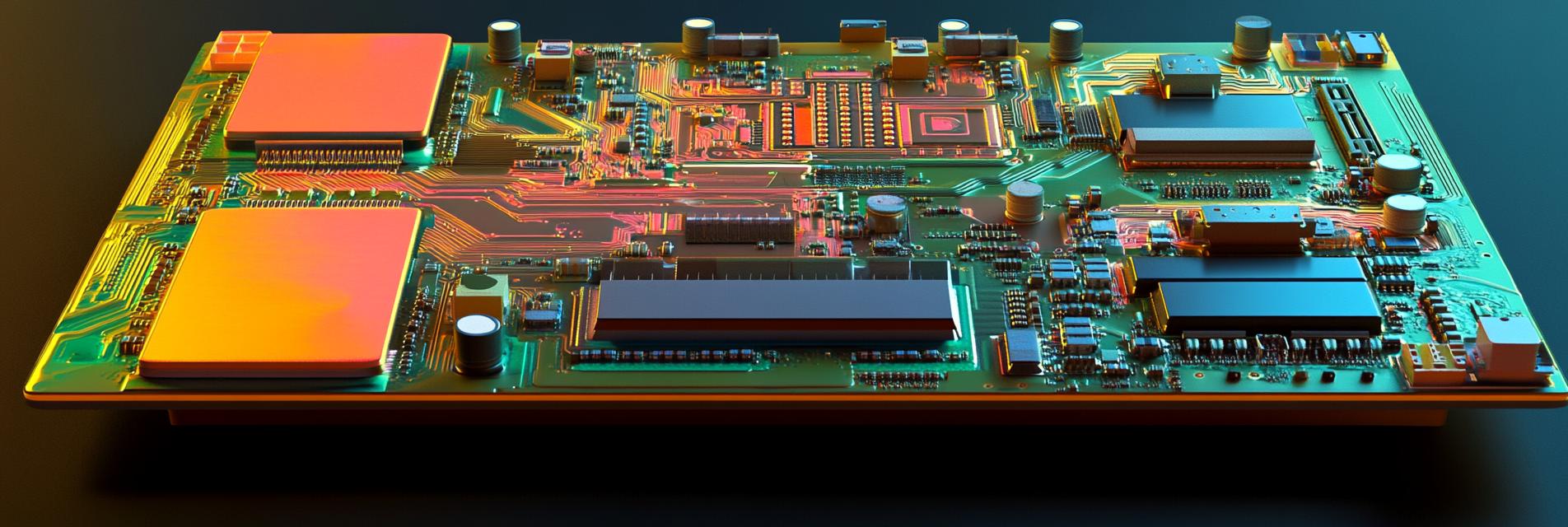In the ever-evolving field of electronics, the demand for sophisticated and efficient components has led to innovations such as high dispersibility circuit boards. These circuit boards play a pivotal role in maximizing thermal performance and ensuring reliability across a multitude of applications. This article explores the benefits of high dispersibility circuit boards and how they elevate electronic designs.
High dispersibility refers to the ability of materials to maintain a uniform dispersion of conductive fillers within a substrate. In the context of circuit boards, this property is crucial for enhancing the thermal conductivity and electrical performance of the board.
Thermal performance is a vital consideration in electronic design. As devices operate, they generate heat, which can compromise performance and lifespan if not properly managed. High dispersibility circuit boards improve heat dissipation, preventing hotspots and ensuring that components function optimally under varying conditions.
High dispersibility circuit boards offer several advantages, including:
High dispersibility circuit boards are being utilized in a range of modern electronic devices, including:
The advent of high dispersibility circuit boards marks a significant advancement in PCB technology, addressing key challenges of thermal performance and reliability. By adopting these innovative solutions, manufacturers can enhance product efficiency and longevity. As the electronic landscape continues to evolve, the role of high dispersibility circuit boards will undoubtedly grow, fostering even greater innovations in design.

